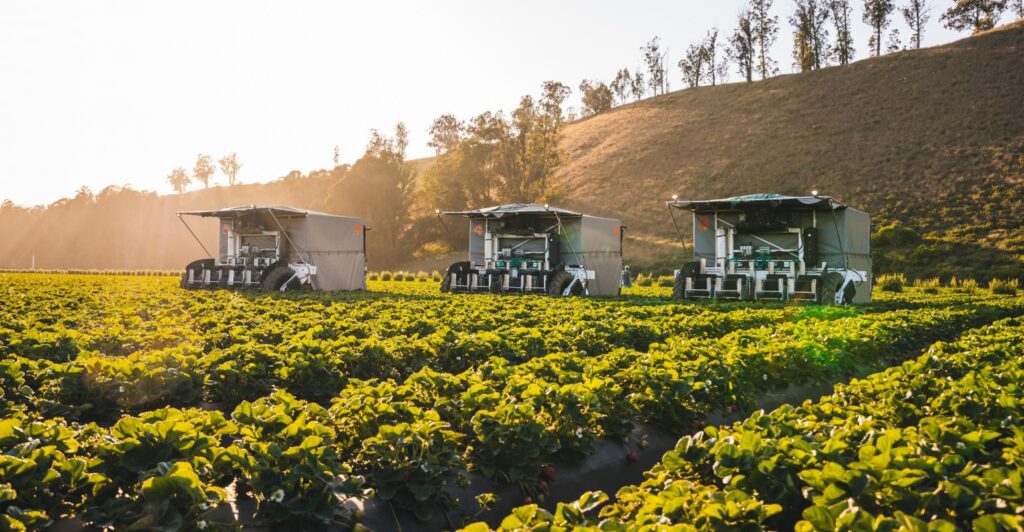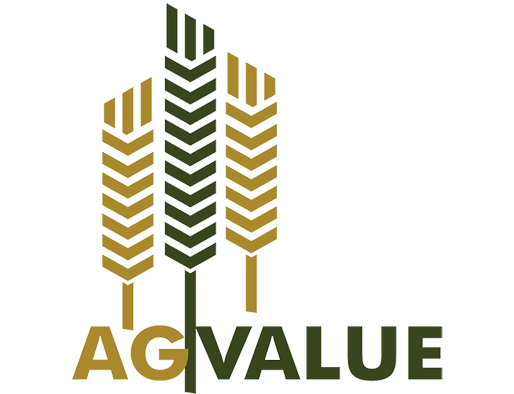
- AgValue Consulting
- June 14, 2024
- 12:01 pm
- 8 minutes
At AgValue Consulting, we understand the crucial role that automated systems play in optimizing farm production, especially in the poultry industry. Investing in automated systems is vital for farmers looking to revolutionize their productivity and efficiency. With advancements in technology like drones and sensors, these systems can significantly enhance farm operations.
Our expertise in poultry farm consulting positions us as authorities in guiding farmers on selecting the most suitable automated systems for their specific needs and budget targets. By implementing these systems, farmers can reduce labor costs, improve decision-making processes, and benefit from real-time monitoring capabilities.
The result? Increased crop yields, improved market competitiveness, and overall enhanced farm performance.
Join us for deeper insights on how automated systems can transform your poultry farm operations and drive sustainable growth.
Key Takeaways
- Assess the specific needs of the farm to identify tasks suitable for automation.
- Choose automation technology that will fulfill current and future needs, considering both hardware and software solutions.
- Invest time in training staff to ensure they are familiar with the new automated systems.
- Regularly monitor and adjust system performance using real-time data and analytics.
- Be aware of challenges such as initial investment costs and data security concerns when implementing automated systems.
Understanding Automated Farming Systems
While you may be familiar with traditional farming methods, it’s important to understand how automated farming systems can revolutionize agriculture, optimizing productivity and efficiency. Let’s explore further. These systems use cutting-edge technologies, like drones, sensors, and GPS, to monitor and manage your farm. Imagine you’re sitting at home, and with a few taps on your smartphone, you’re controlling your irrigation system, checking soil conditions, or tracking livestock movements. That’s the level of control automated farming systems can give you. They’re designed to minimize manual labor, increase accuracy, and maximize yield. But it’s not just about convenience. Automated farming systems can also help you make better decisions. They collect vast amounts of data, which can be analyzed to provide insights into your farm’s performance. This means you can spot potential problems before they become major issues, and adjust your strategies based on real-time information. In essence, automated farming systems are like having a super-smart farmhand who’s always on duty, providing you with valuable insights and freeing up your time. They’re transforming the way we farm, making agriculture more sustainable, productive, and profitable. It’s a game-changer, and understanding it’s the first step to harnessing its potential.Evaluating Your Farms Needs
Prior to diving into the realm of automated farming, it’s crucial to assess your farm’s specific needs and goals. Start by identifying the areas where automation could offer the most benefit. Are there tasks that consume a lot of your time or that are particularly labor-intensive? These are prime candidates for automation. Next, consider your budget. Implementing automated systems can be costly up-front, but they often pay for themselves in the long run through increased efficiency and reduced labor costs. Weigh the potential benefits against the initial investment to see if it makes financial sense for your operation. Finally, think about your long-term plans.- Do you plan to expand your farm in the future?
- Do you want to diversify your crops or livestock?
- Are there changes in the industry that you’ll need to adapt to?
Choosing the Right Technology
Having assessed your farm’s needs and set clear goals, it’s now time to select the most suitable technology that will streamline your operations effectively. The technology you choose shouldn’t only fulfill your current requirements but also be adaptable to future needs. Don’t rush into buying the latest tech. Instead, prioritize what’ll bring you the most value. Consider technologies that automate repetitive tasks. For instance, precision farming technologies such as GPS guidance systems can notably increase efficiency. On the flip side, if livestock management is a challenge, consider investing in automated feeding or milking systems. However, it’s not all about hardware. Software solutions, like farm management software, can help you plan, monitor, and analyze your operations. These digital tools can enhance decision-making, offering insights into yield optimization, pest management, or resource allocation.Implementing Automation Step-by-step
To successfully implement automation on your farm, start with small, manageable steps instead of trying to automate everything at once. This approach guarantees you’re able to handle the changes and identify any potential issues early on.- Start with a Pilot Project: Select a single process that could benefit from automation. It could be anything from automated irrigation to self-driving tractors. This pilot project will give you an idea of what to expect when fully automating your farm.
- Evaluate and Adjust: After implementing the pilot, assess its performance. Is it improving productivity? Are there any unforeseen challenges? Based on your findings, make necessary adjustments. Remember, it’s okay to go back to the drawing board.
- Expand Gradually: Once you’re confident with the results of your pilot project, gradually implement automation in other parts of your farm. This gradual expansion allows for continuous learning and adjustment.
Training Staff on New Systems
After successfully automating a portion of your farm operations, it’s important to invest time in training your staff on how to use these new systems effectively. Don’t assume everyone will understand the technology immediately; it’s a learning curve for everyone. Firstly, make sure you’re well-versed with the systems. You can’t teach what you don’t know. Familiarize yourself with every aspect of the automation process. Get comfortable with the systems and their functions. Next, organize training sessions for your staff. These sessions should be interactive and practical. Remember, the goal isn’t to get them to memorize steps, but to understand the system, its functions, and how it contributes to greater farm efficiency. Also, consider creating a reference manual. This guide will serve as a practical tool for your staff to refer back to if they get stuck. It’s also a handy tool when you bring new staff on board. Lastly, be patient. Some might grasp the concepts faster than others, but don’t rush the process. Each staff member plays an essential role in the successful implementation of the new systems. Training your team well is an investment that will yield dividends in optimized farm production.Monitoring and Adjusting System Performance
Keeping a keen eye on system performance and promptly making necessary adjustments is a key step in ensuring your farm’s automated systems work efficiently. Regular monitoring helps you identify any hitches before they escalate into significant problems. Just like a well-oiled machine, your farm’s automated systems need constant supervision and fine-tuning to deliver top-notch results. Here are some tips to guide you:- Embrace Real-Time Monitoring: Utilize software that allows you to monitor your automated systems in real-time. You’ll promptly catch any anomalies, be it a drop in efficiency or a sudden malfunction, and take immediate corrective measures.
- Perform Regular System Checks: Don’t wait for a system failure to act. Regular checks help you identify potential issues before they become costly problems. This proactive approach will save you time and money in the long run.
- Utilize Analytics: Harness the power of data. With the right analytics, you can spot trends, predict potential issues, and make informed decisions about system adjustments.
